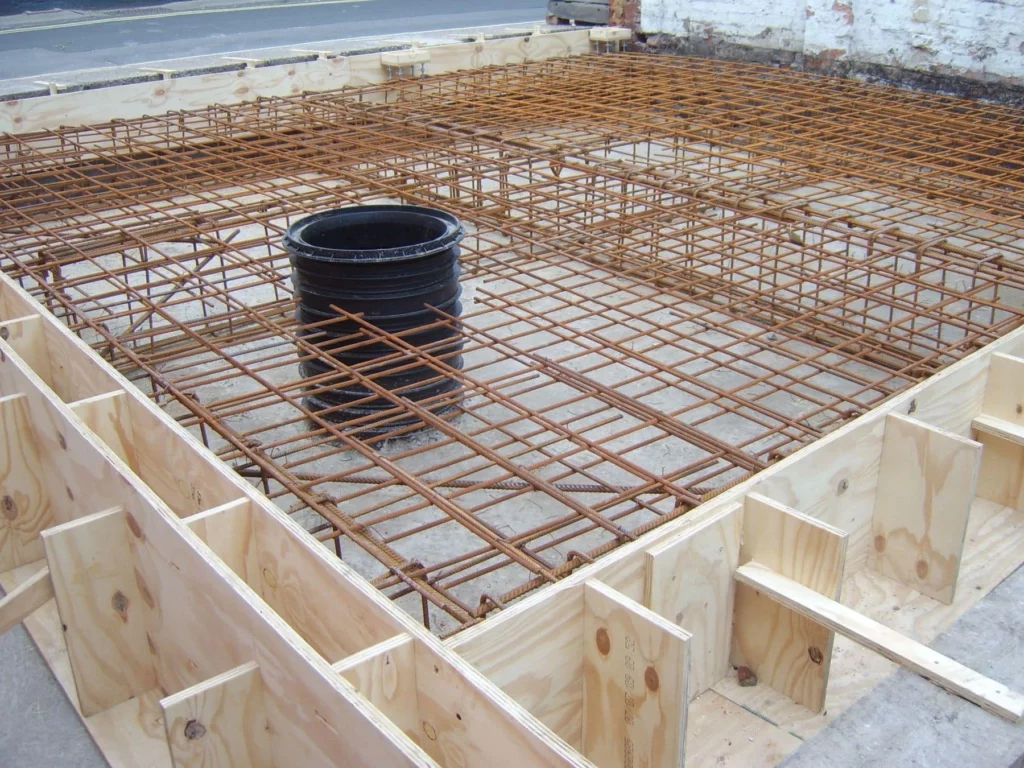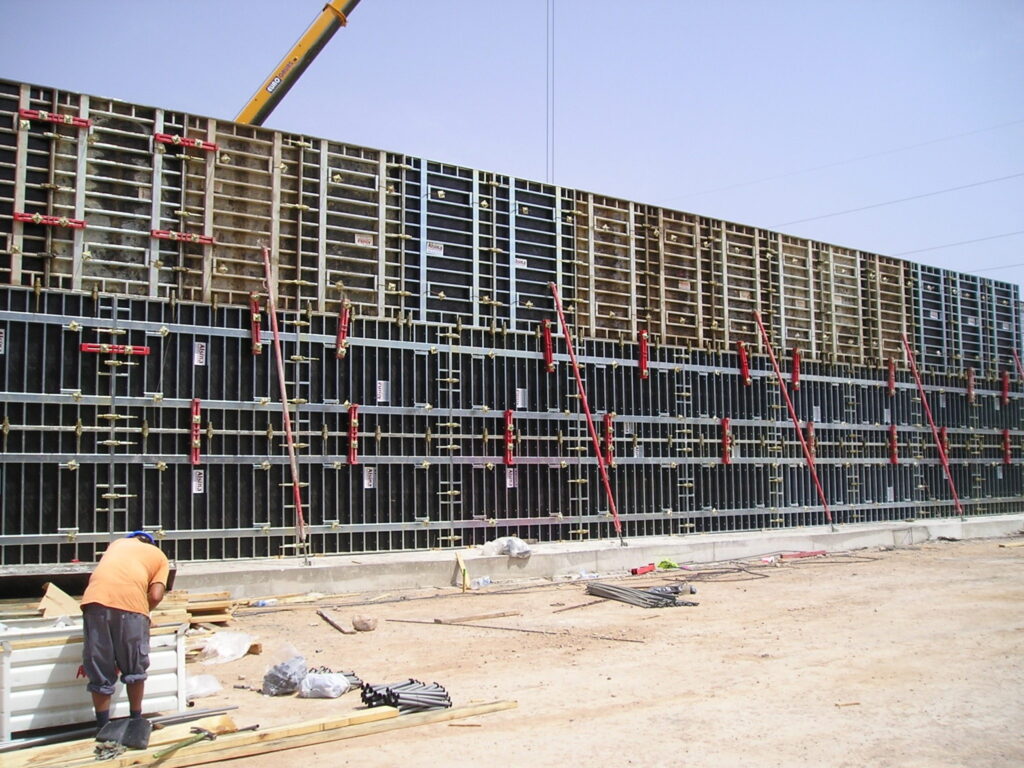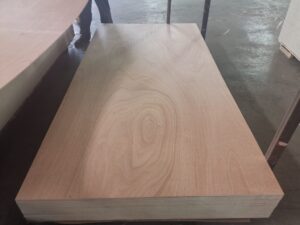Best Practices for Installing and Maintaining Formwork Plywood
Formwork plywood is an essential material in construction projects, providing support and shape to concrete structures. However, to ensure the successful installation and long-term durability of formwork plywood, it is crucial to follow best practices. This article will guide you through the key considerations and steps for installing and maintaining formwork plywood effectively.
Understanding Formwork Plywood
Before we dive into the installation process, let’s first gain a deeper understanding of formwork plywood and its type f14 plywood. Formwork plywood is specifically manufactured for use in concrete formwork applications. It possesses unique characteristics that make it suitable for withstanding the pressure and moisture associated with concrete pouring.
Formwork plywood is commonly made from high-quality hardwood or softwood veneers. These veneers are bonded with adhesive and subjected to a specific manufacturing process to enhance their strength and durability. The manufacturing process involves carefully selecting the veneers and arranging them in a cross-grain pattern. This cross-grain arrangement gives the plywood its exceptional dimensional stability, preventing warping or twisting during use.
One of the key features of formwork plywood is its high resistance to moisture penetration. This is achieved through the application of special coatings or treatments that provide a protective barrier against water. This moisture resistance is crucial in concrete formwork applications, as it prevents the plywood from swelling or deteriorating when exposed to the moisture present in freshly poured concrete.
See Also: The Uniqueness of Poured Terrazzo Flooring Tiles
In addition to its moisture resistance, formwork plywood also offers an excellent dimensional stability. This means that it maintains its shape and size even when subjected to changes in temperature and humidity. This stability is essential in ensuring that the formwork maintains its structural integrity throughout the concrete pouring process.
The smooth surface of formwork plywood is another advantageous feature. The smoothness allows for easy concrete finishing, as it minimizes the need for excessive sanding or patching. This results in a more efficient and streamlined construction process.
Furthermore, formwork plywood is designed to withstand heavy loads. This is achieved through the use of high-quality materials and precise manufacturing techniques. The plywood is engineered to have a high strength-to-weight ratio, making it capable of supporting the weight of the concrete and any additional loads applied during construction.
When it comes to compatibility, formwork plywood is versatile and can be used with various forming systems. Whether it’s traditional timber formwork, steel formwork, or modular formwork systems, formwork plywood can be easily integrated to suit different construction requirements.
Types of Formwork Plywood
There are different types of formwork plywood available, each with its unique characteristics and suitable applications. Understanding these types can help you choose the right plywood for your specific project needs.
- Structural Plywood: This type of formwork plywood is built to withstand higher loads and is ideal for heavy-duty formwork applications. It is commonly used in projects where the formwork needs to support significant weight and pressure.
- Non-Structural Plywood: Suited for lighter formwork applications, non-structural plywood offers cost-effective solutions. It is commonly used in projects where the formwork does not require high load-bearing capacity.
- Overlay Plywood: With a smooth and durable surface, overlay plywood is perfect for achieving a high-quality finish. It is often used in projects where the concrete surface needs to be visually appealing, such as architectural concrete or exposed concrete finishes.
- Film-Faced Plywood: This type of formwork plywood has a waterproof film on its surface, making it an excellent choice for projects requiring high moisture resistance. It is commonly used in applications where the formwork will be exposed to excessive moisture or direct contact with water, such as in foundation works or bridge construction.

By understanding the different types of formwork plywood and their specific characteristics, you can make informed decisions when selecting the most suitable plywood for your construction project. Whether it’s for heavy-duty formwork or achieving a flawless concrete finish, formwork plywood offers the durability and performance required for successful concrete formwork applications.
Pre-Installation Considerations
Before installing formwork plywood, certain factors need to be considered to ensure optimal performance and safety. Let’s explore these considerations.
Formwork plywood plays a crucial role in supporting concrete structures during construction. It is essential to understand the specific requirements of your project to choose the right formwork plywood. Factors such as the size and complexity of the structure, as well as the surface finish required, will influence your selection.
Choosing the Right Formwork Plywood
Selecting the appropriate type and grade of formwork plywood is critical. Factors to consider include the anticipated loads, duration of use, and exposure to moisture. Consult with structural engineers and refer to industry standards for guidance in choosing the right plywood for your project.
Formwork plywood comes in various grades, ranging from general construction to high-performance options. Understanding the differences in durability, strength, and surface quality will help you make an informed decision. Consider factors such as reusability and ease of maintenance to ensure cost-effectiveness in the long run.
Safety Measures Before Installation
Prioritize safety by implementing necessary precautions before commencing installation. This includes identifying potential hazards, providing personal protective equipment, and ensuring a safe working environment. Additionally, training workers on proper handling and installation techniques is essential.
Creating a comprehensive safety plan that addresses emergency procedures and risk management will promote a culture of safety on the construction site. Regular safety inspections and toolbox talks can help reinforce safe practices and prevent accidents. Remember, safety is everyone’s responsibility.
Step-by-Step Guide to Installing Formwork Plywood
Now that you have the necessary knowledge and preparation in place, let’s walk through the step-by-step process of installing formwork plywood.
Before diving into the installation process, it’s important to understand the significance of formwork plywood. Formwork plywood is a crucial component in construction projects, providing temporary support and structure for concrete as it sets and hardens. It ensures that the concrete takes the desired shape and finish, making it a vital element in creating strong and durable structures.
Tools Needed for Installation
To ensure a smooth installation, gather the following tools:
- Hammer or nail gun
- Measuring tape
- Saw
- Screwdriver
- Level
- Caulking gun
Having these tools readily available will not only streamline the installation process but also ensure precision and accuracy in fitting the formwork plywood.
Installation Process
1. Start by measuring and marking the required dimensions for your formwork. Accurate measurements are key to ensuring that the formwork fits perfectly and supports the concrete structure effectively.
2. Cut the plywood panels to the appropriate sizes using a saw. Precision is crucial during this step to avoid any gaps or uneven surfaces in the formwork.
3. Fit the cut plywood panels into the formwork framework, ensuring a snug fit. Proper fitting is essential to prevent any seepage of concrete and maintain the integrity of the structure.
4. Secure the plywood panels in place using nails or screws, ensuring even spacing and alignment. This step is vital for the stability and strength of the formwork during the concrete pouring process.
5. Check the level and alignment of the formwork at regular intervals during the installation process. Ensuring that the formwork is level and aligned correctly is crucial for the structural integrity of the final concrete structure.

6. Fill any gaps or joints with appropriate sealants to prevent leakage and achieve a sturdy formwork structure. Proper sealing helps in maintaining the quality of the concrete surface and prevents any leaks that could compromise the structure.
7. Once the formwork is fully installed, inspect it for any potential issues or gaps that require reinforcement. Thorough inspection ensures that the formwork is strong and ready to support the weight of the concrete without any failures.
8. Ensure that the formwork is adequately braced and supported to withstand the concrete pouring process. Proper bracing and support are essential to prevent any buckling or collapsing of the formwork under the weight and pressure of the concrete.
Maintenance of Formwork Plywood
To maintain the longevity and optimal performance of formwork plywood, regular inspection and cleaning are crucial.
Formwork plywood is a vital component in construction projects, providing the necessary support for concrete structures. Proper maintenance of formwork plywood not only ensures the safety of workers but also contributes to the quality and durability of the final concrete product.
Regular Inspection and Cleaning
Inspect the formwork plywood before each use to identify any signs of damage, deterioration, or mold growth. Clean the surfaces thoroughly, removing any debris or concrete residue that could affect the formwork’s integrity.
Regular cleaning of formwork plywood is essential to prevent the buildup of contaminants that can weaken the material over time. Utilizing appropriate cleaning solutions and techniques can help prolong the lifespan of the plywood, saving time and costs associated with frequent replacements.
Repairing Damaged Formwork Plywood
If any damage is detected during inspection, promptly repair or replace the affected plywood panels. Damaged formwork can compromise the quality and strength of the concrete structure.
Timely repairs are crucial to maintaining the structural integrity of the formwork and ensuring the safety of workers on the construction site. Ignoring damaged plywood can lead to costly delays and potential hazards during the concrete pouring process.
Long-Term Care for Formwork Plywood
In addition to regular maintenance, proper long-term care is essential for ensuring the longevity of formwork plywood.
When it comes to long-term care for formwork plywood, it’s crucial to consider not just the immediate needs of the material, but also its future durability and performance. By implementing a comprehensive care plan, you can protect your investment and ensure that your formwork plywood remains in top condition for years to come.
Protection Against Environmental Factors
Store and handle formwork plywood in a manner that protects it from direct exposure to moisture, extreme temperatures, and sunlight. Improper storage can lead to warping, swelling, or delamination of the plywood.
Furthermore, it’s important to note that exposure to these environmental factors can not only compromise the structural integrity of the plywood but also impact the overall quality of the concrete structures being formed. By safeguarding the plywood from these elements, you are not just preserving the material itself, but also ensuring the success and safety of your construction projects.
Proper Storage of Formwork Plywood
Store the plywood panels in a dry, well-ventilated area, preferably on racks or pallets to prevent direct contact with the ground. Keep them covered with a tarp or plastic sheet to shield them from dust and debris.
In addition to proper storage, regular inspections and maintenance routines can help identify any early signs of damage or wear and tear. By staying proactive in your approach to caring for formwork plywood, you can address issues promptly and prevent them from escalating into more significant problems down the line.
By following these best practices for installing and maintaining formwork plywood, you can ensure the success of your construction projects and maximize the lifespan of your formwork systems. Regular care and attention will contribute to the safety, efficiency, and quality of your concrete structures.

